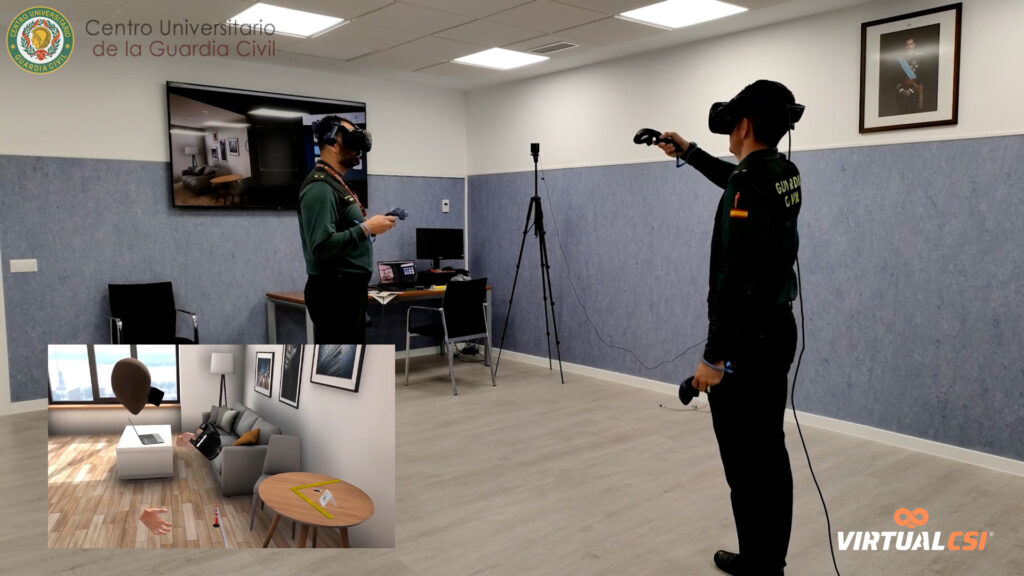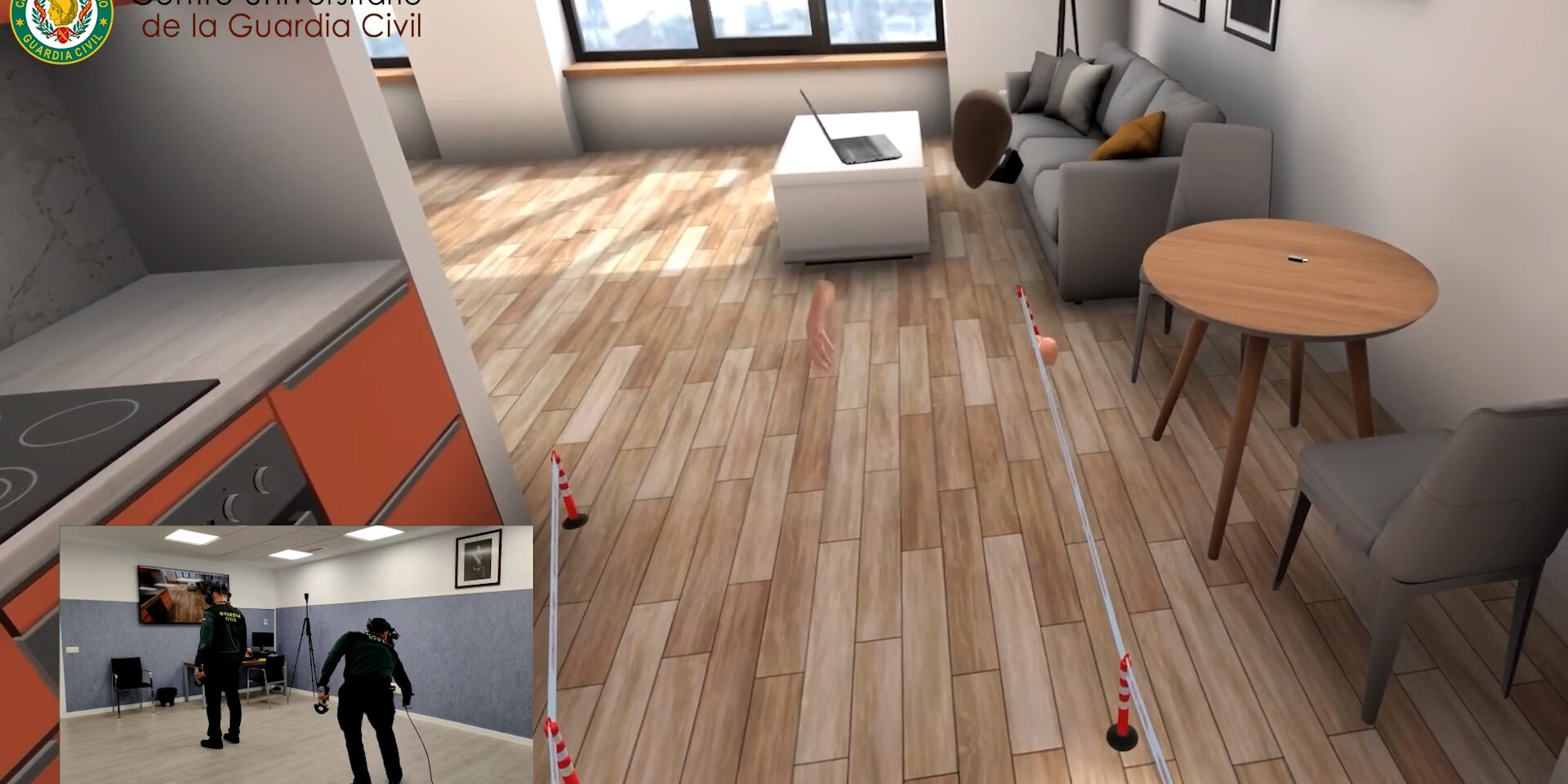Virtual Reality (VR) and Augmented Reality (AR) technologies are revolutionizing training methodologies across various industries. By providing immersive, interactive, and risk-free environments, they enhance learning experiences and improve skill acquisition. This article explores practical applications of VR and AR training and discusses why these technologies are garnering significant interest.
Benefits of VR/AR Training
|
Enhanced engagement |
Immersive environments created by VR and AR capture learners’ attention more effectively than traditional training methods. This heightened engagement leads to better focus and information retention. Studies have shown that VR training can increase learning retention rates significantly. |
|
Safe learning environment |
Trainees can make mistakes and learn from them without real-world repercussions, which is crucial in high-risk professions. |
|
Cost-effectiveness |
Implementing VR and AR training can lead to substantial cost savings. Traditional training often requires physical materials, equipment, and dedicated spaces, all of which incur expenses. In contrast, virtual training reduces or eliminates these costs. |
|
Flexibility and accessibility |
VR and AR training programs can be accessed remotely, providing flexibility in terms of time and location. This accessibility is particularly beneficial for organizations with geographically dispersed teams, ensuring consistent training experiences regardless of location. Additionally, VR training eliminates the need for unnecessary travel, further contributing to cost savings and convenience. |
Why Virtual and Augmented Reality training are gaining interest?
Technological advancements
Recent improvements in VR and AR technologies have made them more accessible and affordable. Enhanced graphics, more intuitive user interfaces, and the availability of cost-effective hardware have lowered barriers to adoption. These advancements have enabled organizations of various sizes to implement VR and AR training solutions effectively.
Proven effectiveness
Research and case studies have demonstrated the efficacy of VR and AR training. Actual analysis of VR/AR training programs found that VR/AR training generally produces better outcomes compared to traditional methods. This evidence has led to increased confidence in these technologies as viable training solutions.
Industry adoption
A growing number of industries are recognizing the benefits of VR and AR training. From manufacturing to healthcare, organizations are integrating these technologies into their training programs to enhance skill development and operational efficiency.
Practical applications of VR and AR training
Employee onboarding and skill development: Companies are increasingly adopting VR and AR for employee training to enhance engagement and retention. These technologies allow employees to practice tasks in a controlled, immersive environment, leading to improved performance and confidence. For instance, VR training has been shown to produce better outcomes compared to traditional methods, with improvements in job performance exceeding 70% and learning retention rates up to 80%.

Safety and emergency response training: VR and AR are extensively used in safety training, allowing individuals to experience hazardous scenarios without real-world consequences. This approach is particularly beneficial in high-risk industries, enabling trainees to learn proper responses to emergencies in a safe, controlled setting. For example, VR training programs have been developed for police forces to practice handling high-risk situations, enhancing preparedness and decision-making skills.
34%
more certified welders than traditional methodology
56%
decrease of real time in learning
68%
decrease of laboratory costs
84%
less accidents
Our Virtual & Augmented Training Methodology
VirtualCSI leverages advanced technologies to replicate real-world crime scenes in a digital environment, providing immersive training and educational experiences for both professionals and students in forensic science.
In the industrial sector, particularly in welding, VR and AR have become invaluable training tools. Traditional welding training poses challenges such as high material costs, safety risks, and environmental concerns. Soldamatic address these issues by offering a safe and cost-effective training environment.
Soldamatic utilizes HyperReal SIM™, an exclusive feature that provides a highly realistic welding simulation experience, enabling trainees to develop skills without the risks associated with live welding. Designed by welders for welders, Soldamatic offers an immersive experience with high-fidelity visuals and precise tool mechanics.


Soldamatic stands at the forefront of augmented reality welding simulation, providing innovative, industry-focused solutions that redefine the standards of training and skill development in welding. Leveraging cutting-edge technology, this welding simulator combines realism, customization, and global applicability to deliver unparalleled value to educational institutions and industrial enterprises.
With a presence in more than 80 countries, Soldamatic has demonstrated its versatility and scalability in diverse industrial sectors. From vocational schools to multinational corporations, its technology is being used to train the next generation of skilled welders, addressing the global shortage of qualified professionals in this field.
The Future of Training is here
Virtual and Augmented Reality are transforming training methodologies by providing immersive, engaging, and effective learning experiences. Virtual CSI provides a risk-free setting for learners to practice and make mistakes without real-world consequences, which is crucial for developing competence in forensic procedures. In industrial services, particularly welding, solutions like Soldamatic offer safe and cost-effective training environments that enhance skill acquisition.











